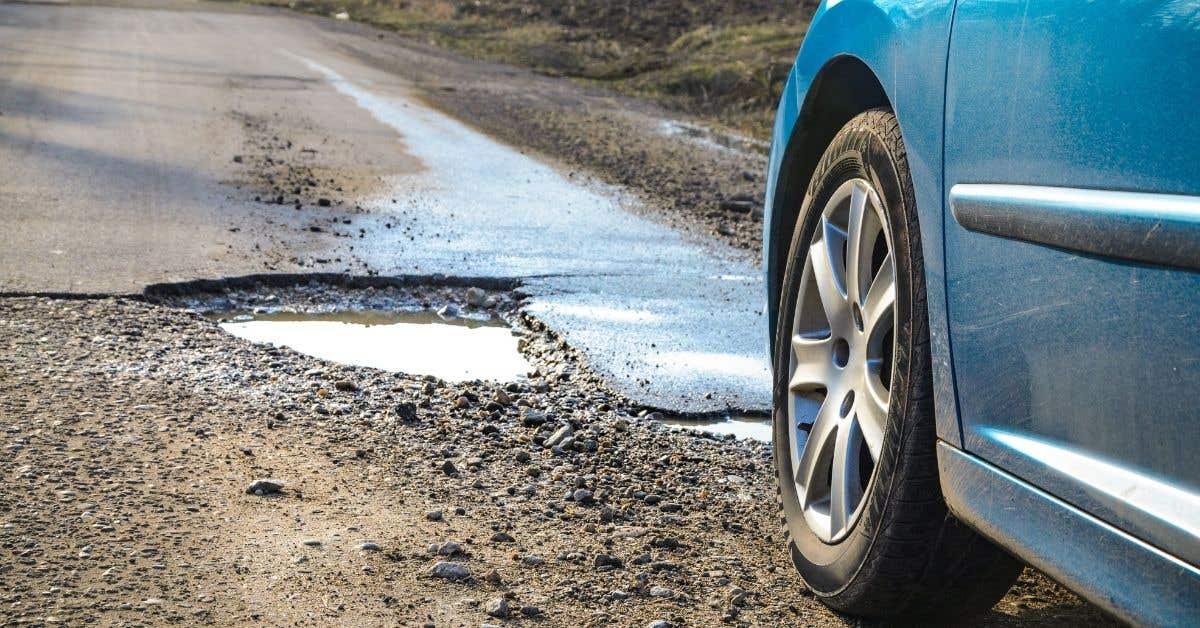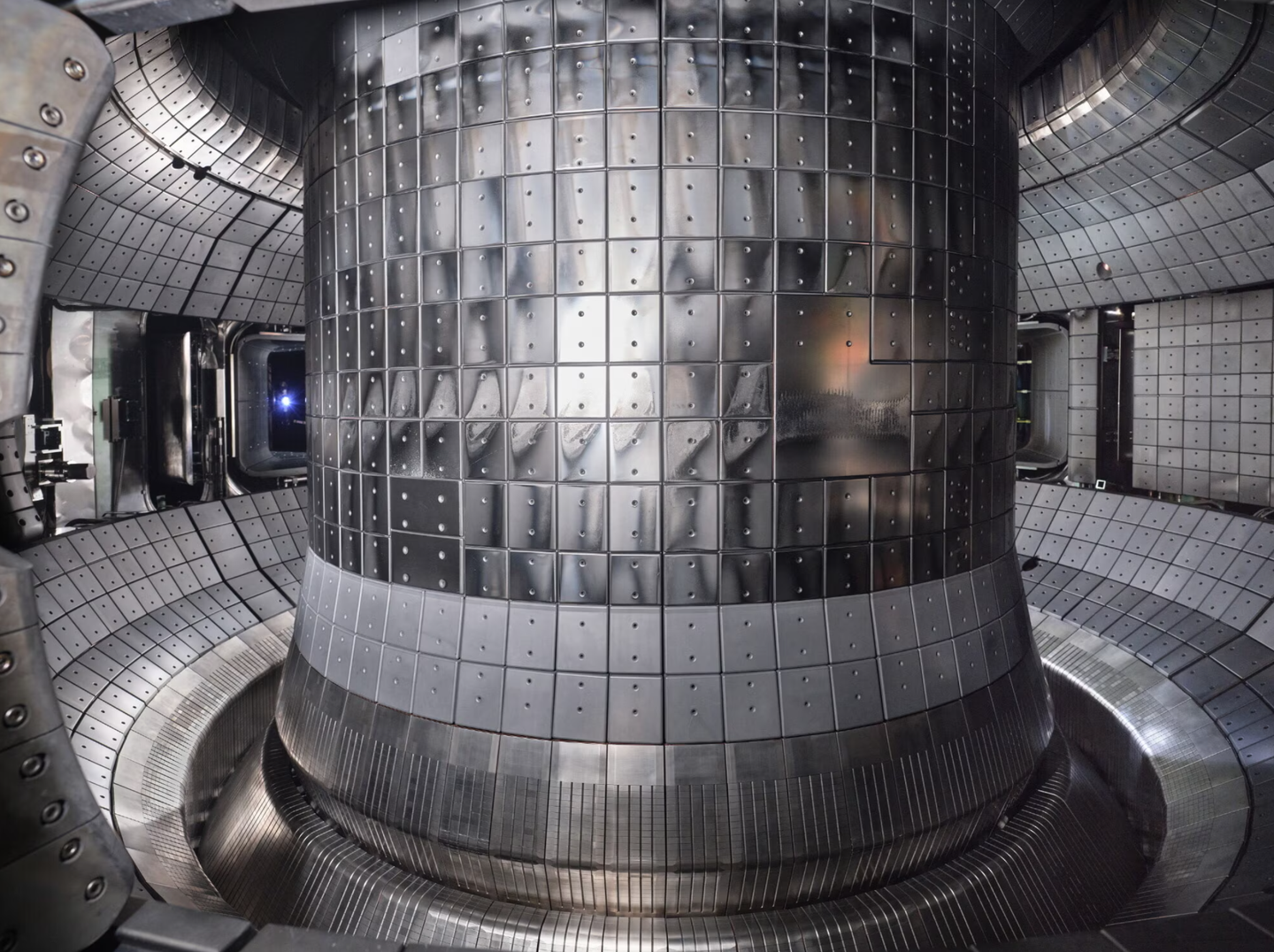Amazing new sensor enables vehicles to detect road conditions in real-time
Researchers from UC3M have patented a sensor and a method for detecting road conditions while a vehicle is moving in real-time.

[May 28, 2022: Fco. Javier Alonso, Universidad Carlos III de Madrid]
Air suspension wheels for mining trucks and wheel loader. (CREDIT: GACW)
Researchers from the Universidad Carlos III de Madrid (UC3M) have patented a sensor and a method for detecting road conditions while a vehicle is moving.
This innovative sensor warns of the presence of water, ice, snow and other obstacles on the road, as well as using this data to calculate the lack of surface grip. The aim of this device is to increase safety while driving and prevent accidents once integrated into motor vehicles.
This sensor works by using reflectance spectroscopic techniques, that is, using light beams and photodetectors to analyse the vehicle’s surroundings. “Our sensor is based on a double-frequency optical comb, optical means for directing the comb’s output beam, a photodetector and a receiving optic”, explains Marta Ruiz Llata, PhD in Electrical, Electronic and Automation Engineering at UC3M.
Related Stories
Based on the light signal received, this electronic photodetector analyses the radio frequency spectrum of the detected signal and translates it into a visible image of the condition of the road.
Figure 1 shows a vehicle provided with the sensor of the invention where (1) is an emitter group, (2) is the output beam of optical pulses, (3) is the verification region of the pavement, (4) is the reflected signal with spectroscopic information of the verification region pavement condition and (5) is the receiving group. (CREDIT: Road Condition Sensor and Method for Detecting the State Condition of the Roadway, EP 3 742 155 A1)
Until now, other techniques and models for detecting the condition of the asphalt already existed; the novelty of this innovation is that it allows real-time recognition.
“Other systems that use more than one emitter with different wavelengths can’t be used to measure road conditions with a moving vehicle, since the required integration time is too long”, says Pablo Acedo Gallardo, PhD in Telecommunications Engineering at UC3M.
Note: Materials provided above by Universidad Carlos III de Madrid. Content may be edited for style and length.
Like these kind of feel good stories? Get the Brighter Side of News' newsletter.
Tags: #New_Innovations, #Global_Good_News, #Cars, #Roads, #Condition, #Sensors, #Real_Time, #Science, #Research, #Technology, #The_Brighter_Side_of_News



